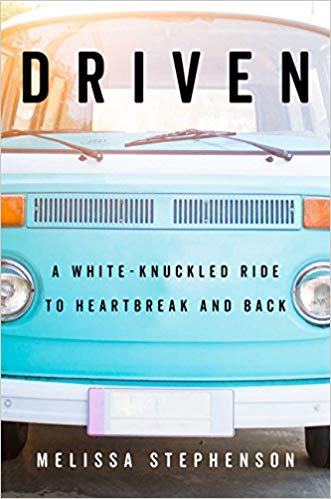
When we think of heartbreak, most of us think of losing a romantic love. Yet the pain of losing a loved one to death is every bit as devastating – if not moreso—than the heartbreak of a lost romantic love. Both losses can launch us into a deep spiraling grief that consumes us, body, mind and soul. Melissa Stephenson vividly brings that raw emotional pain to her writing. The death of her brother Matthew is one of the primary storylines running through Driven: A White-Knuckled Ride to Heartbreak and Back. She describes the horrid experience all of us go through in the early days of a loss, waking from a sleep to remember that a loved one has died and our world is no longer what it was: “It’s a vicious cycle: the forgetting, the waking, and the fresh wave of grief and nausea that crash over me as I remember.” As her deep grief continues Stephenson describes the ensuing depression: “My life feels like roadkill, a mess beyond fixing, only my brain won’t stop thinking any more than I could talk my heart out of beating. I live because my body does, a black hole incarnate.”
These emotions are the brutal reality of what we experience when someone we love dies. Stephenson also isn’t afraid of exploring the thoughts that most of us don’t want to admit we have around death. She talks explicitly about wondering what Matthew’s life-ending wound looked like, a deeply personal thought that most would hide in fear that they would be judged “too morbid” or even worse. Yet all of us have these questions and thoughts about death even if we won’t admit that we’ve thought about them. As Stephenson reflects on her brother’s cremation, her vivid imagery shows clearly how the details surrounding his death invaded her mind:
I think about how just yesterday, mere miles from here, strangers loaded my brother’s body into an incinerator, stripped down to tattoos. Flames enveloped him, burning away flesh, the face, the organs—reducing him irrevocably to a twenty-pound pile of ash. I think about how my father took that urn in his arms and looked up at us this morning, astonished. He’s the weight of a baby again, he said.
After the immediate task of dealing with her brother's limited estate, Stephenson continues on her journey of grief. At this point, her book begins to be filled with asides which are short paragraphs, always beginning with the phrase “consider this.” In these, we see Stephenson’s internal negotiations with the universe. She creates alternate stories as she wishfully tries to change what happened. All of us have episodes of the “the what-ifs” when something goes wrong. We play out hypothetical situations, wondering if there's anything different that could have changed this outcome we don't want to be true. As most of us know, the five stages of grief aren’t linear, and through these questioning "consider this" asides, Stephenson shares her process of coming to terms with the reality of her brother’s death as well as many other difficult situations in her life.
As a unique way of framing the events of Driven, Stephenson discusses the cars in her life as she grows up and launches into adulthood. Her use of the automotive details throughout her life works incredibly well as she ties together the ways her cars take her through the journey of life. Her memories of cars start in her childhood where Stephenson had the unconditional love of a devoted mother who was nonetheless addicted to nicotine and eventually alcohol. Her father was a frequently absent workaholic. Her beloved brother Matthew often pushed her away as she desperately sought his attention and love when they were children. Stephenson sometimes blamed herself for this as a child because her family taught her “I had big feelings, and they drove away those I loved.” Yet the reality was that Stephenson’s personal strength was more than those around her knew how to accommodate as they faced their own demons and desires.
It’s also from her family that Stephenson gains her connection to the metaphysical. Her father has precognitive dreams about broken bones that Stephenson and her brother experience as children. Stephenson herself has a precognitive dream about her brother’s death. After her brother’s death, Matthew’s spirit comes to Stephenson in her dreams. As renowned medium James Van Praagh has tweeted, “One of the easiest ways to hear from a loved one is thru our dreams because our minds are not conscious and the subconscious is in control.” Stephenson describes these “postmortem dreams” as “visitations. Communication lines that stretch beyond the edges of the known universe. My brother, or what’s left of him, finds me here.” Eventually, these dream visitations come to an end: “Matthew simply disappears from the edges of my world, having moved on, at last, to whatever comes next.” So, too, does Stephenson’s own life move on to her next adventures, including her most recent vehicle in her current home in Montana.
Overall, Driven is a powerful memoir that probes themes of growing up in the Midwest, dysfunctional family dynamics, substance addiction, love, marriage, death, relationships, personal growth, and as the title implies, road trips and cars. From the moment I picked it up, I was addicted because of Stephenson’s fluid and descriptive writing. When I finished, I felt empty and lost because there were no more pages to turn. I wanted more. Hopefully Stephenson’s next work will be published sooner rather than later.
©2018 Elizabeth Galen, Ph.D., GreenHeartGuidance.com
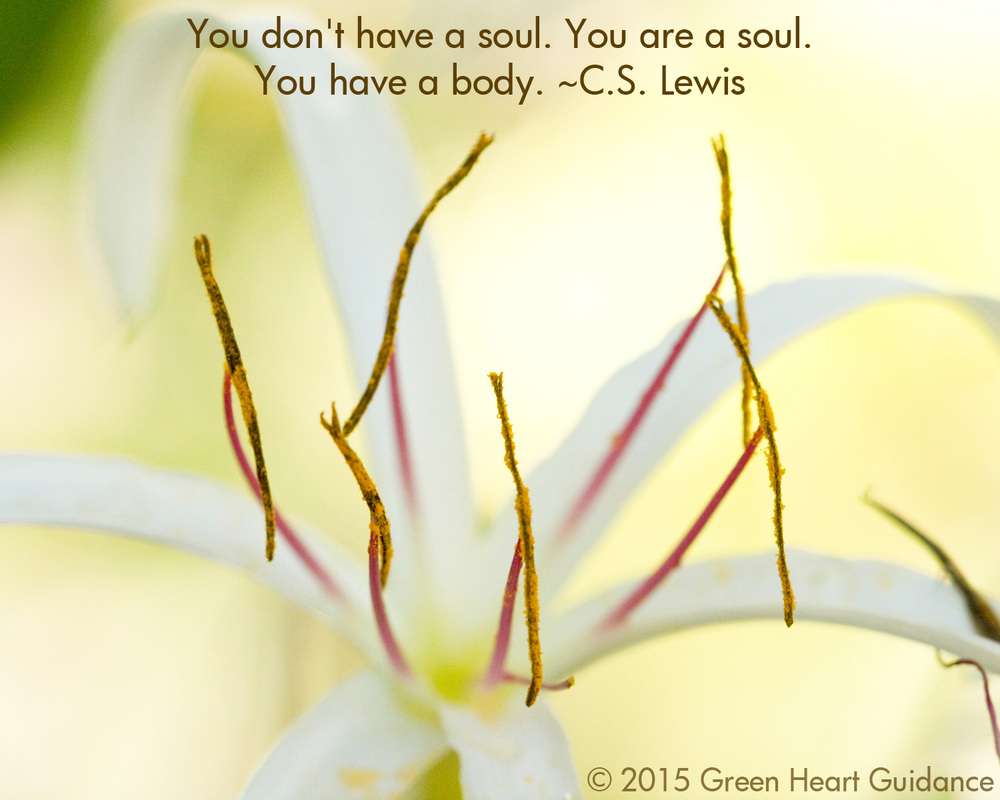



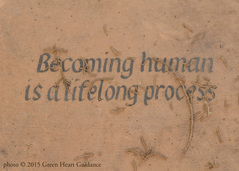

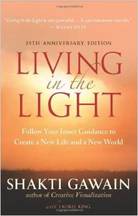


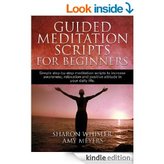
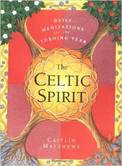


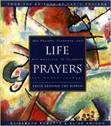
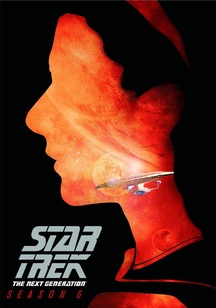

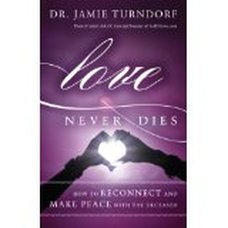
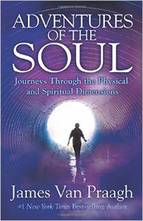
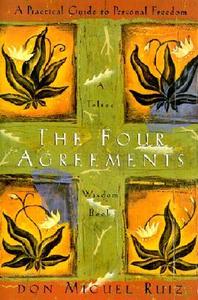


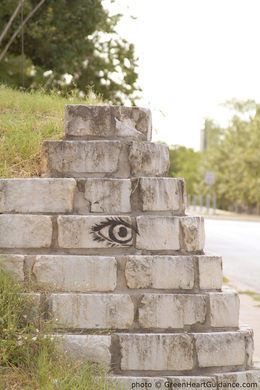
 RSS Feed
RSS Feed